Chennai, Dec 2: As many as 3,500 people, including 1,500 passengers, were stranded this morning at the Chennai international airport, which has been closed for operations till next morning following flooding of the runway.
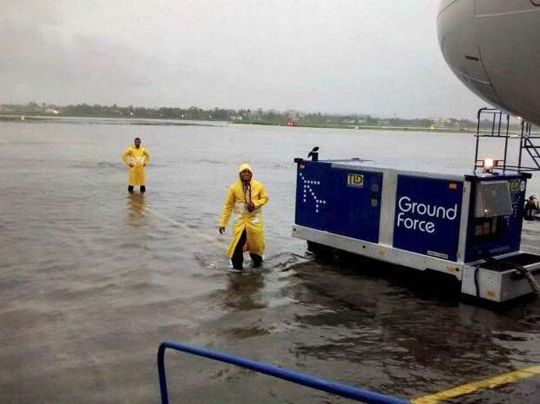
Airports Authority of India (AAI) said all the stranded passengers are being moved out of the airport, but did not reveal the exact number of those evacuated so far.
A NOTAM (Notice to Airmen) has been issued by AAI, which manages the airport, to all air operators with regard to suspension of flight operations till 6 am tomorrow. This notice is a communication that informs pilots about potential risks to flight safety.
Around 1,500 passengers and 2,000 others working at the airport were stranded there in the morning, AAI Chairman R K Srivastava said.
The process of evacuation of passengers is underway and the exercise is expected to be completed by this evening.
"All passengers are expected to be evacuated by 4 PM today. AAI has arranged six buses to evacuate the passengers from the airport," Srivastava said in New Delhi.
Srivastava said 66 arrivals and 53 departures have been cancelled since 2000 hours yesterday. "The runway is flooded but the terminal building is safe," he added.
Chennai Airport authorities had initially shut operations till this morning but extended following incessant rains.
Nearly 35-37 aircraft, mostly of domestic airliners, are grounded at the airport.
The situation at the airport would be reviewed again tomorrow before giving the go ahead for resumption of flight operations, Srivastava said.
Union Minister for Civil Aviation Ashok Gajapathi Raju said everything has been "paralysed" at the airport.
"A lot of things (sic) are stranded at the airport. So the chairman of Airport Authority has tried to develop a plan to make available some essential material like drinking water, and food...staff is also trying. Everything is paralysed," he said.
Asked when the flight operations were likely to resume, he said, "If the rain stops, then only we can give you some type of time frame, but if it won't stop then we can't say anything as Chennai and neighbouring districts are badly affected. If water recedes, then only we will be able to do something".
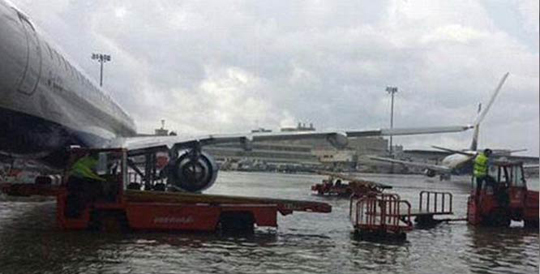
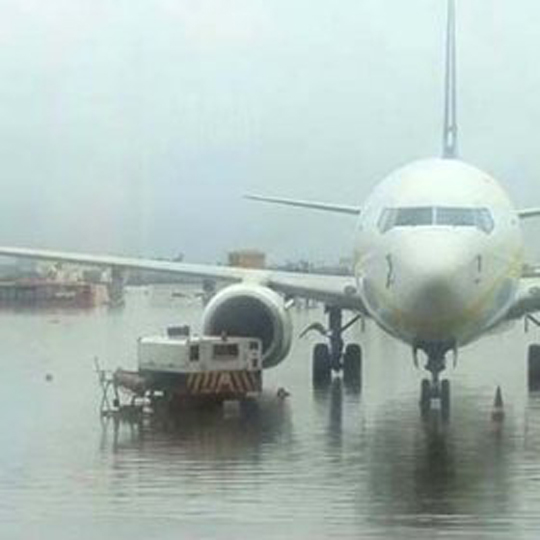
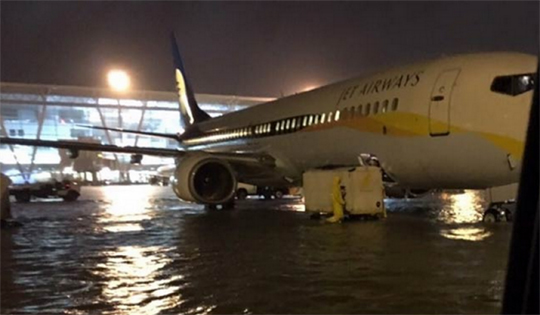
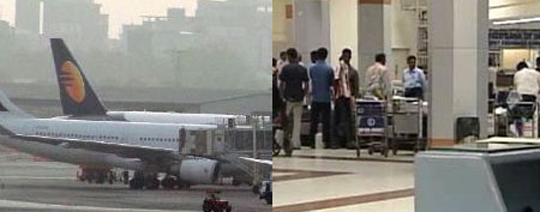





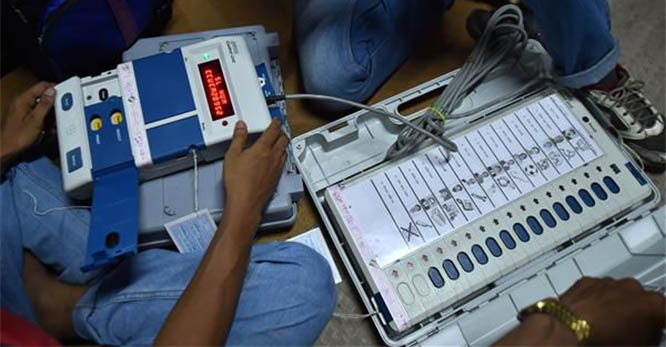

Comments
Add new comment